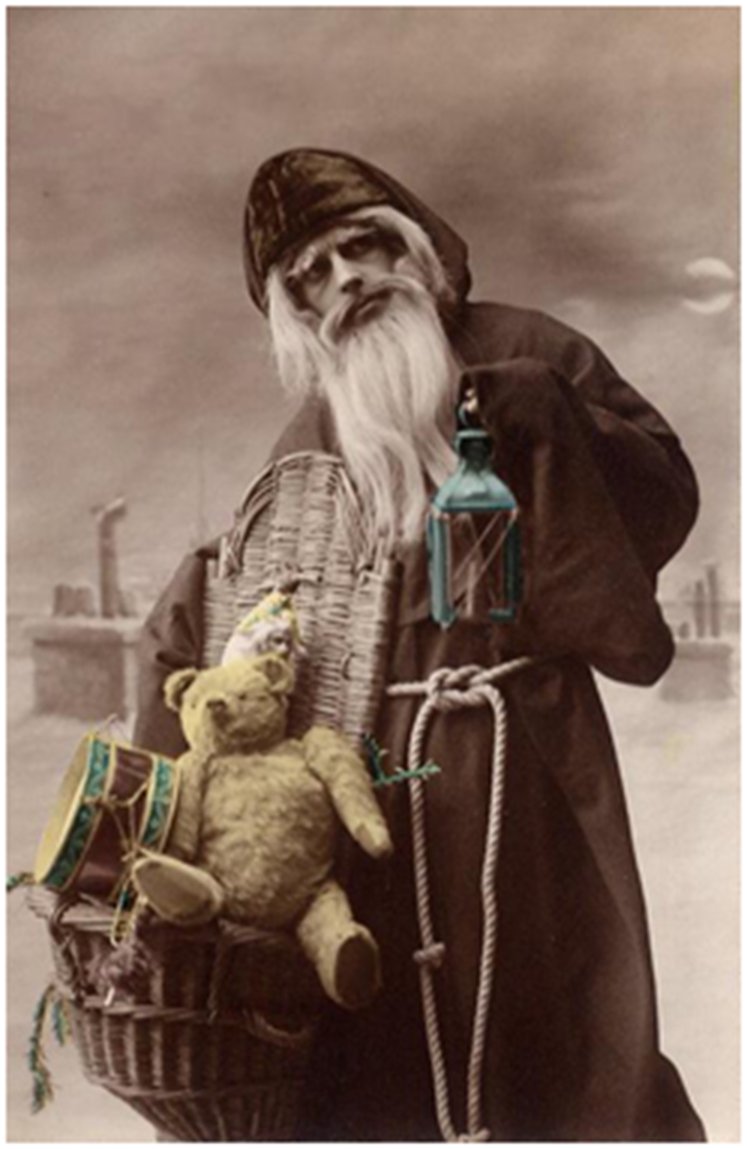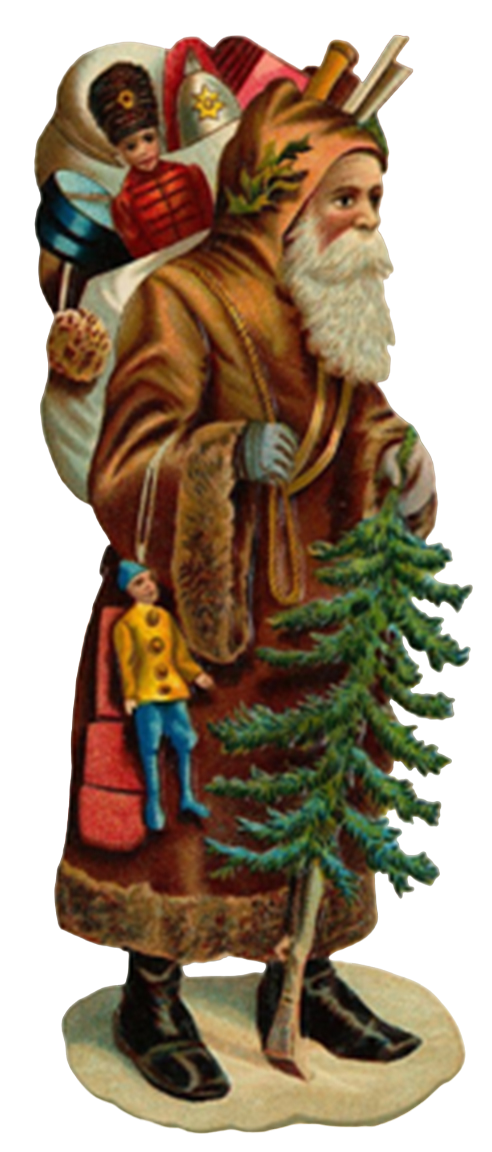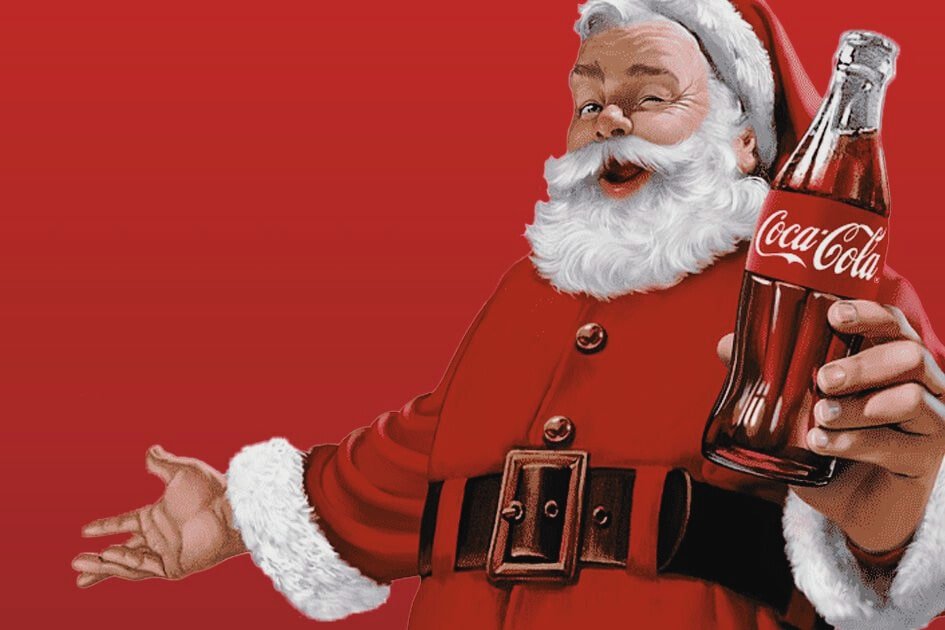The Coca-Cola Company’s influence on the modern image of Santa Claus is a fascinating story. Here’s a detailed summary of Coca-Cola Santa Claus. Let’s read out the whole blog.
The Evolution of Santa Claus Before Coca-Cola
Early Depictions: Before 1931, Santa Claus was portrayed in various forms, from a tall, thin man to an elf-like figure. Notably, Thomas Nast, a Civil War cartoonist, depicted Santa as a small, elf-like figure supporting the Union in 1862. Nast’s version evolved over 30 years, transitioning Santa’s coat from tan to the now-familiar red.

Coca-Cola’s Role In Shaping Santa’s Image
- Early Coca-Cola Santa Claus Ads: Coca-Cola Santa Claus advertising began in the 1920s, initially featuring a stern-looking Santa, similar to Nast’s version.
- Fred Mizen’s 1930 Painting: In 1930, artist Fred Mizen painted a department-store Santa drinking Coke, which was used in Coca-Cola’s print ads.
- Haddon Sundblom’s Influence: In 1931, illustrator Haddon Sundblom was commissioned by Coca-Cola to create a more realistic and symbolic Santa. Drawing inspiration from Clement Clark Moore’s 1822 poem “A Visit From St. Nicholas,” Sundblom’s Santa was warm, friendly, and pleasantly plump. Contrary to popular belief, Santa had appeared in a red coat before Sundblom’s depiction.
- Sundblom’s Santa in Coca-Cola Ads: Sundblom’s Santa debuted in 1931 in Coke ads and continued to appear in various magazines. His paintings were adapted for a wide range of Coca-Cola advertising materials.

The Legacy And Impact of Sundblom’s Santa
- Sundblom’s Models: Initially, Sundblom used a live model, his friend Lou Prentiss, for Santa’s image. Later, he used himself and photographs to create the iconic image.
- Public Reaction: The Coca-Cola Santa Claus was so popular that any changes in the images, like a backward belt or a missing wedding ring, prompted public response.
- Santa’s Companions: The children and animals in Sundblom’s paintings were based on his neighbors and local animals, with creative adjustments for the festive context.
- Sprite Boy’s Introduction: In 1942, Coca-Cola introduced “Sprite Boy,” a character who appeared alongside Santa in ads, created by Sundblom.
Coca-Cola Santa Claus Around The World
- Global Exhibitions: Sundblom’s original paintings are highly prized and have been exhibited worldwide, including in the Louvre and the Royal Ontario Museum.
- Continued Influence: Sundblom’s final Santa painting was in 1964, but Coca-Cola continued to use images based on his works for decades.

Food For Thought
- Historical Accuracy: “Was the modern image of Santa Claus really created by Coca-Cola, or did the company simply popularize a pre-existing version of Santa?”
- Cultural Impact: “How has Coca-Cola Santa Claus depiction influenced global perceptions of the Christmas holiday and Santa’s image in different cultures?”
- Marketing Strategy: “What were the key marketing strategies used by Coca-Cola in integrating Coca-Cola Santa Claus into their brand, and how effective were these strategies in enhancing brand recognition?”
- Artist’s Influence: “How did Haddon Sundblom’s personal style and approach to art contribute to the unique and enduring image of Santa Claus in Coca-Cola advertisements?”
- Public Reaction: “How did the public initially react to Coca-Cola Santa Claus advertisements, and how has this reaction evolved over the years?”
- Brand And Tradition: “In what ways has Coca-Cola’s portrayal of Santa Claus blurred the lines between commercial branding and traditional holiday folklore?”
- Evolution of Santa’s Image: “Prior to Coca-Cola’s depiction, what were some of the other notable representations of Santa Claus and how did they differ from Sundblom’s version?”
- Impact On Advertising Industry: “How did Coca-Cola Santa Claus campaign influence future advertising campaigns and the use of fictional characters in marketing?”
- Collectible Memorabilia: “What kinds of collectibles and memorabilia have emerged from Coca-Cola Santa Claus advertisements and what is their significance to collectors?”
- Future of Santa’s Image: “As society and marketing trends evolve, how might the image of Santa Claus change in future advertising campaigns and what role might Coca-Cola play in this evolution?”
Conclusion
Coca-Cola’s advertising campaigns, particularly through Sundblom’s artwork, played a significant role in shaping the modern image of Santa Claus. While Santa had been depicted in red prior to Coca-Cola’s influence, the company’s ads solidified the jolly, plump, and friendly image of Santa that is widely recognized today. For more information, stay updated with – Antraajaal.com
